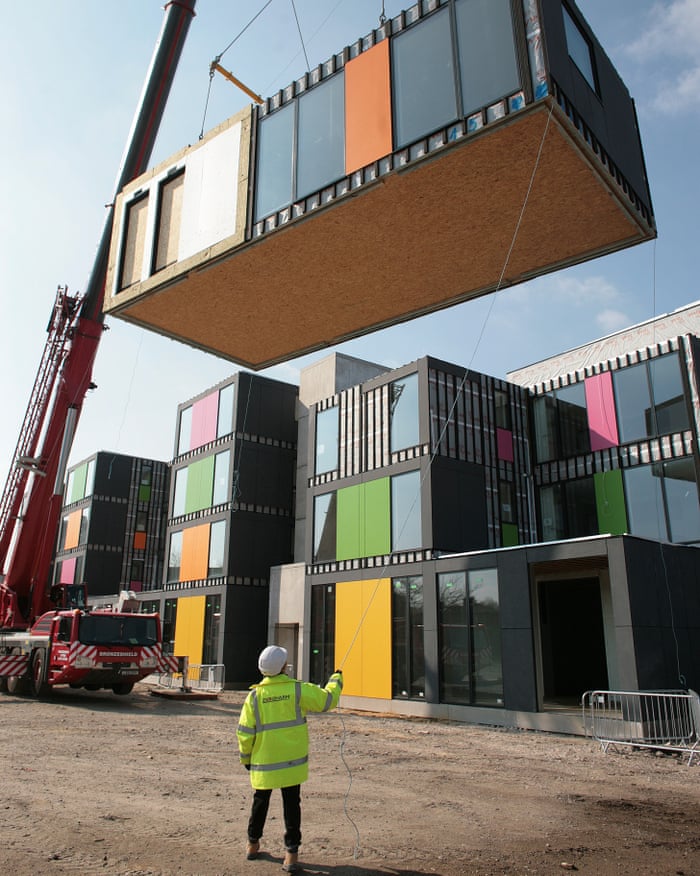JELD-WEN, founded in 1960 by Richard “Dick” Wendt, is an American company and has its headquarters in Charlotte, NC.
The company vision is to lead the international building products industry with incredible people making superior products and providing excellence in everything that the company does.
The company runs over 120 manufacturing facilities in about nineteen countries. Hence, the setup makes it one of the world’s biggest and most successful manufacturers of doors and windows. The company is known for its state-of-the-art technology and innovative products.
JELD-WEN is a public listed company and trades on the NYSE. Gary Michel is the current CEO of the company. The company has grown rapidly and currently has more than 20,000 employees.
JELD-WEN designs, manufactures and distributes exterior and interior doors, wood, aluminum and vinyl windows, shower enclosures, wall systems, closet systems as well as other components, used in the new construction. The company also repairs and remodels residential homes as well as non-residential buildings.
JELD-WEN’s founder Richard Wendt was an entrepreneur. He learned the ins and outs of managing a manufacturing entity under the guidance of his father, Lester Wendt. In early 1957, Iowa-based Lester sent Dick to Oregon to help run and manage his company’s millwork plant that was in Klamath Falls. Lester decided to dispose of the plant in an auction.
Dick along with four business partners, John Biehn, Larry Wetter, Gerry Wickersham, and Bill Taylor purchase most of the company assets on October 25, 1960. They named the newly formed company JELD-WEN.
JELD-WEN grew during the 1970s and 1980s, through acquisition and vertical integration. In 1989, JELD-WEN was officially ranked 7th among all privately held entities in Oregon with impressive revenues of over $350 million.
During the 1990s, the company continued to diversify and moved into additional service areas. Moreover, the company successfully expanded to new continents and countries.
Forbes ranked JELD-WEN 225th in 1996 among the country’s top 500 privately held companies. In addition, in 1997, the company clinched the 119th spot with revenues of about $1.39 billion.
While the company sought new and better business ventures to advance in the marketplace, they focused on investing in the local community as well. The company believes in preserving the environment as it is the ethical thing to do. In 1969, JELD-WEN started community support initiatives. Thus, they continue to offer financial assistance via scholarships, grants, and matching JELD-WEN United Way donations.
The company makes various types of windows such as double hung, single hung, fixed, awning, sliding, bay, casement, bow, and garden. These windows are both functional and beautiful. Moreover, the company makes a diverse range of exterior doors, which include glass panel, Dutch and all panel. JELD-WEN also makes high-quality interior doors of various types which are stunning and will complement your home. These are all panel, glass panel, louver, and bi-fold doors. Patio doors manufactured by the company include folding door, sliding door, swinging door and multi-sliding door.
The company uses a variety of materials in the construction of its products. Here are some of the materials we use:
- EpicVue
- Custom Wood
- Siteline® Wood
- W-4500 Wood
- W-2500 Wood
- Builders Vinyl (V-2500)
- Premium Atlantic Vinyl
- Premium Aluminum (A-500)
- Builders Atlantic Aluminum
- DF® Hybrid
- Smooth-Pro Fiberglass
- Design-Pro Fiberglass
- Studio™ Collection
- Steel
- Molded Wood Composite
- Flush Wood Composite
- MODA™ Collection
- DesignGlide™
Moreover, the company serves clients across North America, Europe, Australia, and Asia.
Although the company products changed, the company has stayed true to its purpose which is to bring beauty and security to residential and commercial spaces.
























 Some managers will complain that they can’t retain someone in a certain position past a year, but they never ask the candidate/employee where they want to be in a year. When a manager recruits for a position, they need to use candor – plain and simple. They need to understand a prospect’s aspirations. Hiring managers need to understand what makes the candidate tick. There’s a need to understand the candidate’s vision for their future.
Some managers will complain that they can’t retain someone in a certain position past a year, but they never ask the candidate/employee where they want to be in a year. When a manager recruits for a position, they need to use candor – plain and simple. They need to understand a prospect’s aspirations. Hiring managers need to understand what makes the candidate tick. There’s a need to understand the candidate’s vision for their future.






